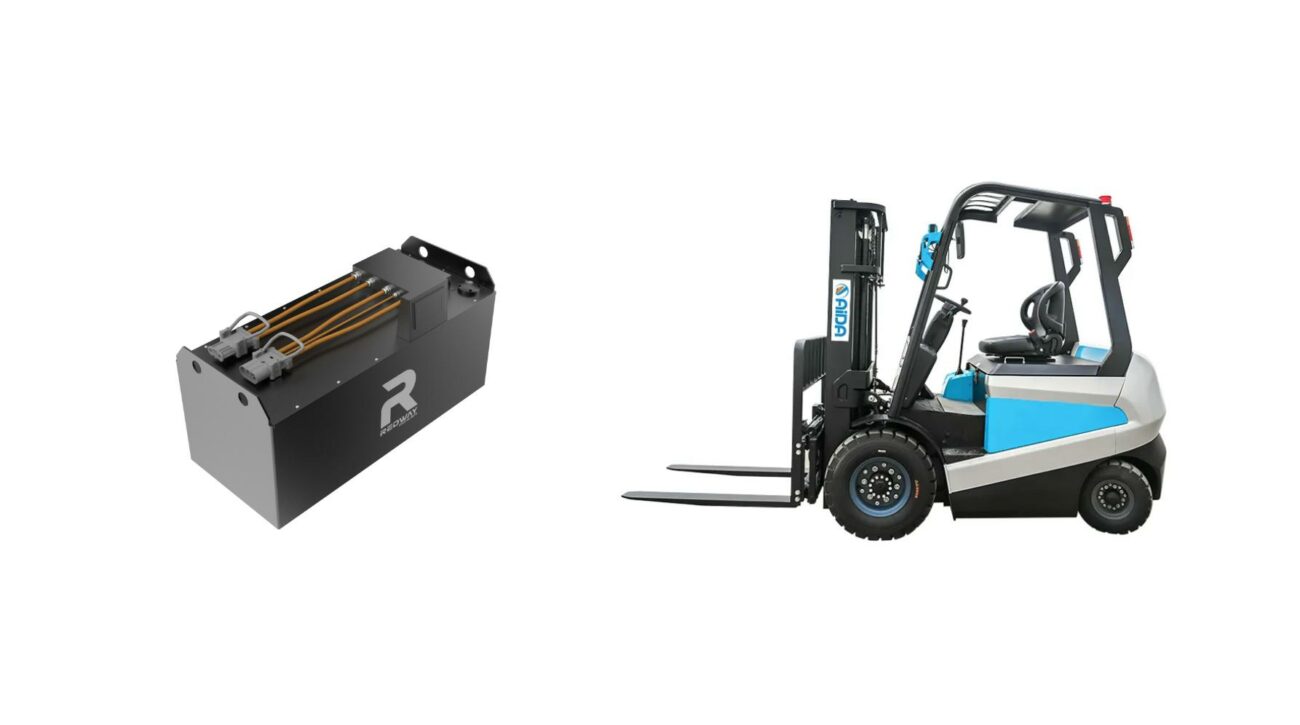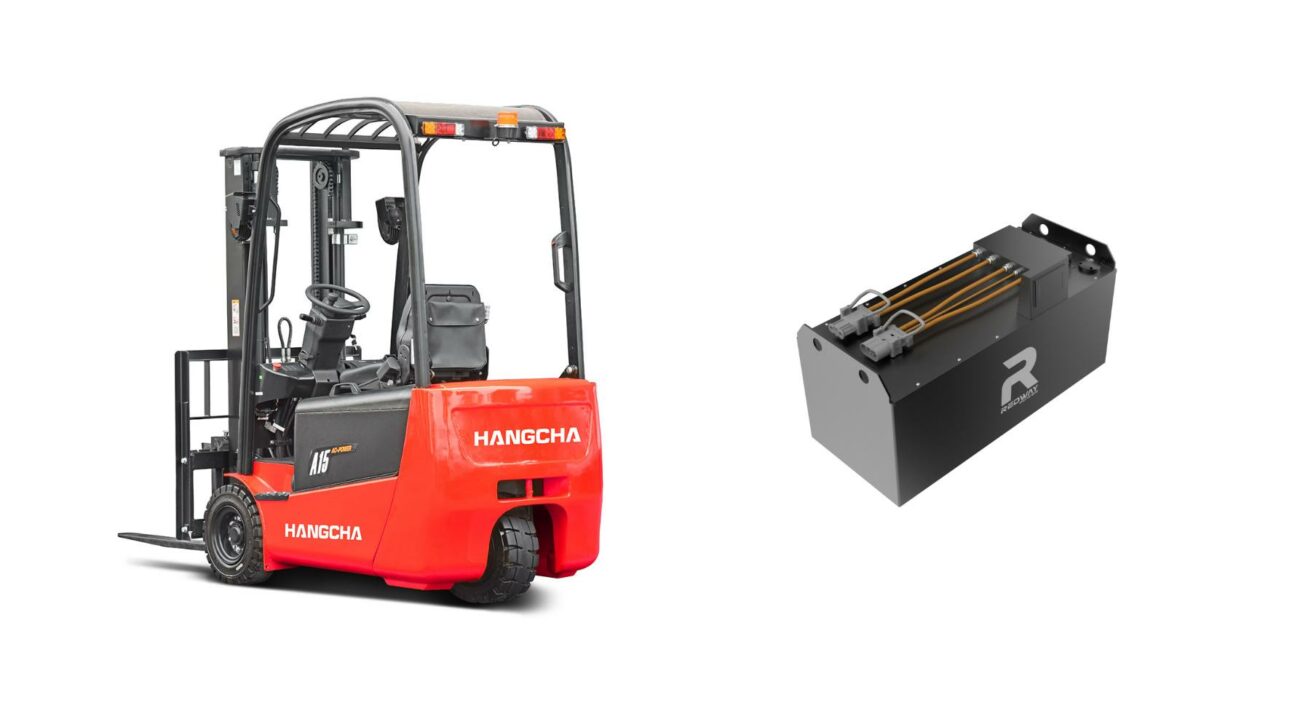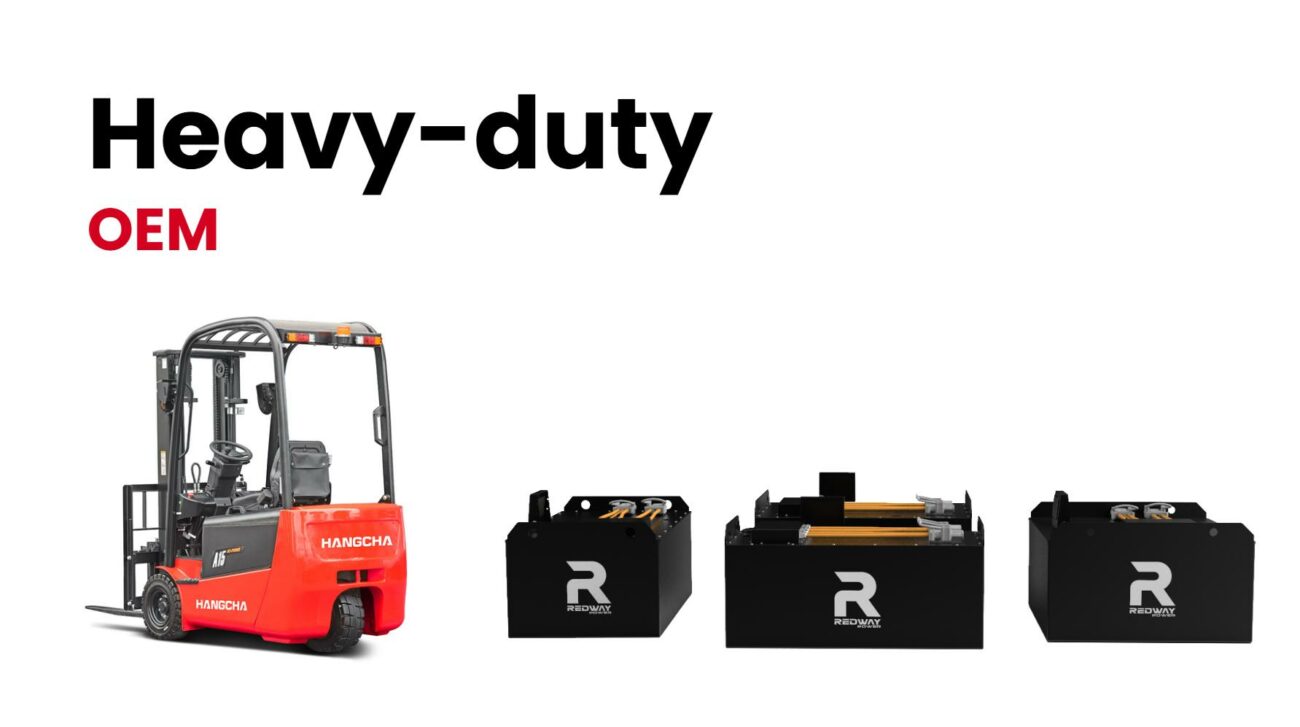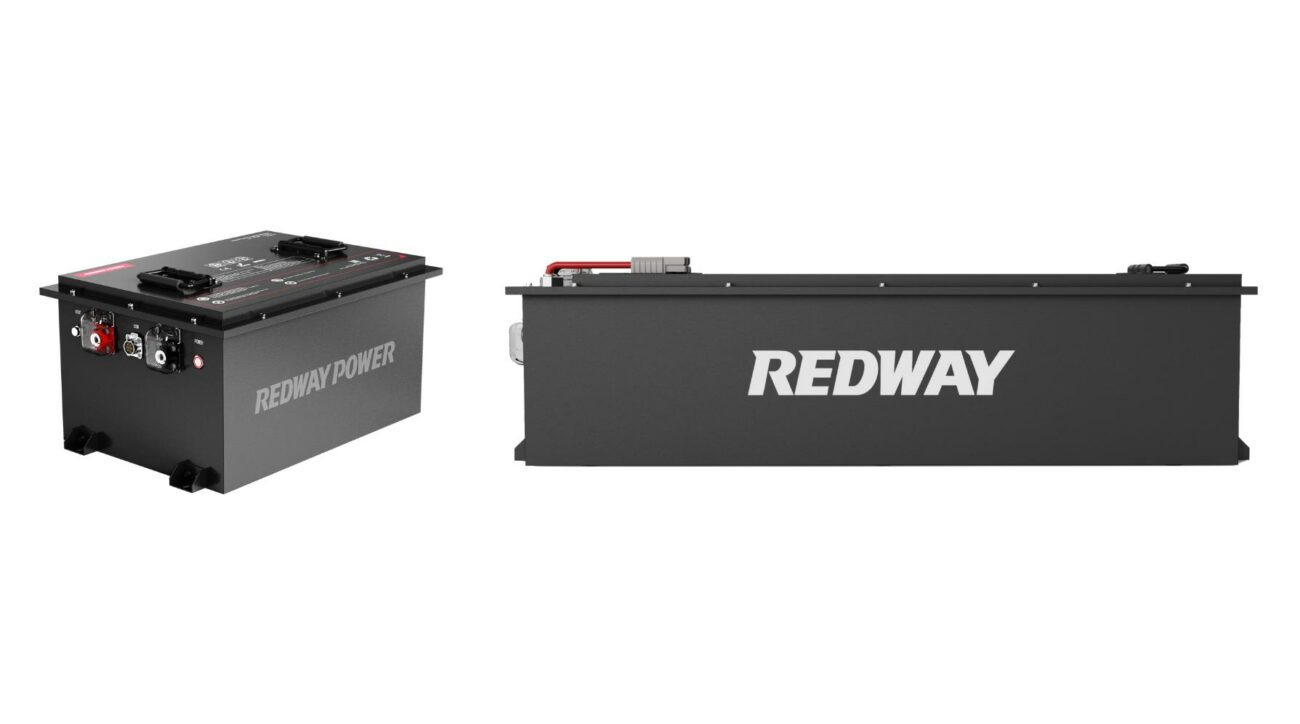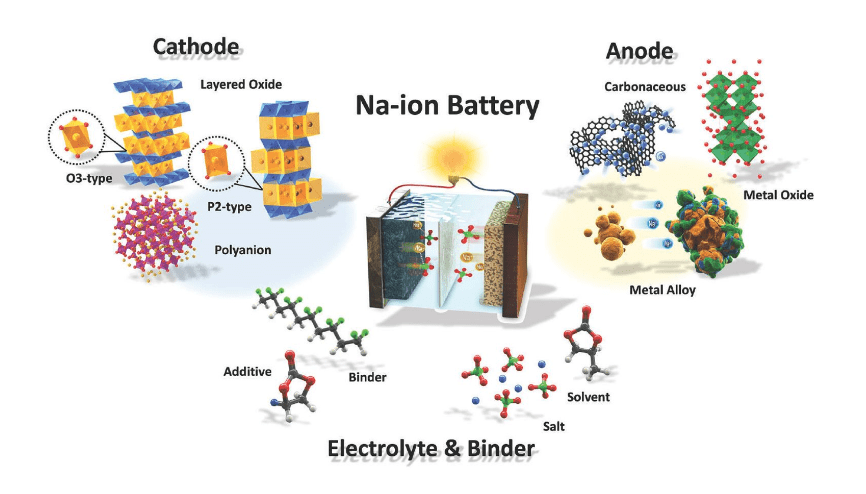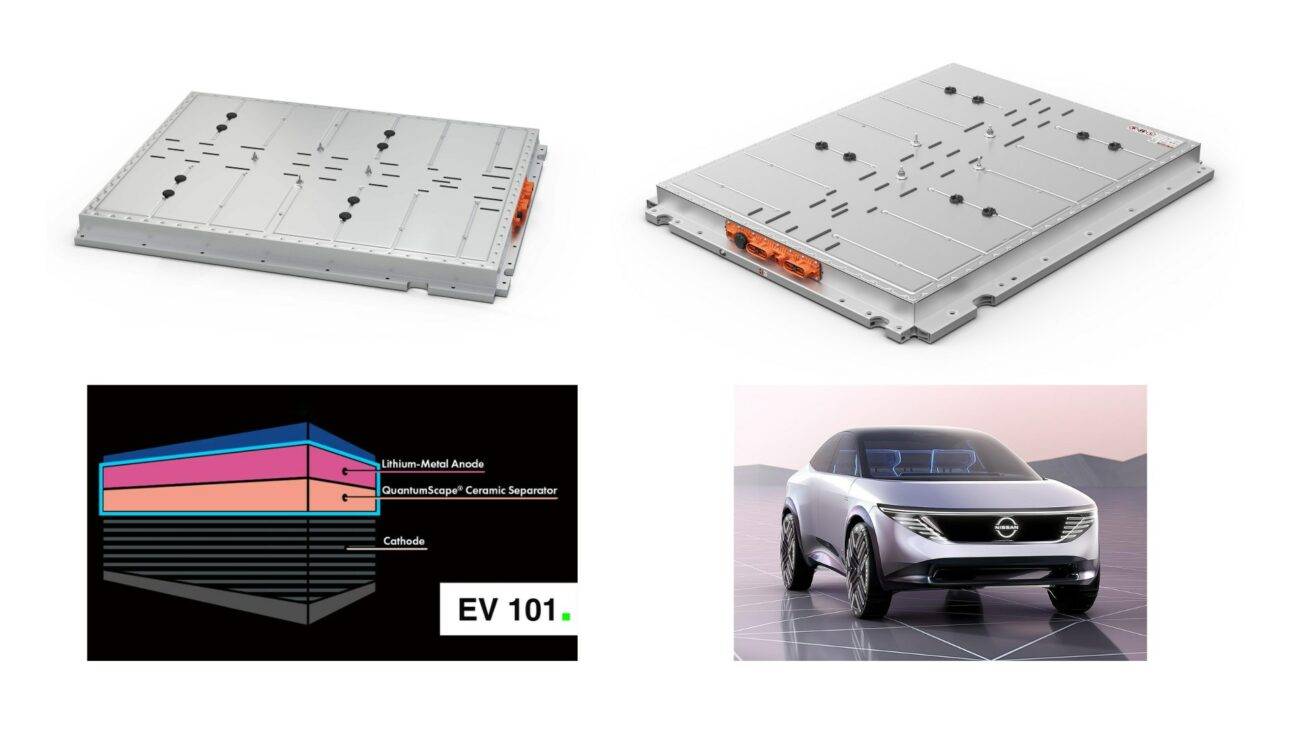Recent advancements in battery materials focus on solid-state electrolytes, sustainable lithium alternatives like sodium-ion, nanotechnology-enhanced electrodes, and AI-driven material discovery. Innovations aim to improve energy density, reduce costs, and address environmental concerns, positioning these trends as critical for electric vehicles, renewable energy storage, and portable electronics.
48V 280Ah Lithium Forklift Battery
How Are Solid-State Batteries Transforming Energy Storage?
Solid-state batteries replace liquid electrolytes with solid alternatives like sulfides or ceramics, enabling higher energy density, faster charging, and improved safety. Companies like QuantumScape and Toyota are commercializing this tech, targeting electric vehicles. Challenges include scalability and interfacial resistance between materials, but breakthroughs in thin-film fabrication are accelerating adoption.
48V 700Ah Lithium Forklift Battery
Recent developments include BMW’s partnership with Solid Power to integrate sulfide-based solid-state cells into prototype EVs by 2025. Researchers at MIT have also developed bilayer electrolytes that prevent dendrite growth while maintaining 85% capacity after 10,000 cycles. The automotive industry particularly benefits from these batteries’ ability to operate at -30°C to 100°C without performance degradation. Pilot production lines in Japan now achieve 90% yield rates for ceramic electrolytes, signaling imminent mass-market viability.
What Sustainable Materials Are Replacing Traditional Lithium-Ion Components?
Sodium-ion and iron-phosphate (LFP) batteries are gaining traction as eco-friendly alternatives. Sodium reserves are abundant and cheaper than lithium, while LFP batteries eliminate cobalt, reducing ethical and environmental risks. Companies like CATL and Northvolt are scaling production, though energy density trade-offs remain a hurdle for high-demand applications like aviation.
48V 300Ah Lithium Forklift Battery
| Material | Energy Density (Wh/kg) | Cost ($/kWh) |
|---|---|---|
| Lithium-Ion | 250-300 | 130 |
| Sodium-Ion | 120-160 | 80 |
| LFP | 150-200 | 100 |
What Role Does Nanotechnology Play in Battery Design?
Nanostructured materials like graphene and carbon nanotubes enhance conductivity and mechanical stability. Samsung’s graphene balls improved lithium-ion charging speeds by 5x. Nano-coatings on cathodes prevent dendrite formation, extending cycle life. However, mass production costs and nanoparticle toxicity require further resolution before widespread industrial use.
72V 300Ah Lithium Forklift Battery
Stanford researchers recently demonstrated silicon nanowire anodes wrapped in titanium nitride nanoshells, achieving 99.9% Coulombic efficiency. This architecture minimizes volume expansion while enabling 400 Wh/kg energy density. Meanwhile, 3D-printed nanoporous nickel frameworks are being tested for zinc-air batteries, showing 30% improvement in oxygen reduction kinetics. The U.S. Department of Energy now funds 14 nanotech battery projects focusing on scalable synthesis methods, with two technologies expected to reach gigawatt-hour production scales by 2027.
“The shift toward bio-derived polymers and closed-loop recycling isn’t just ethical—it’s a strategic imperative. At Redway, we’re integrating blockchain to trace material origins, ensuring conflict-free supply chains. The next decade will hinge on marrying computational discovery with scalable green chemistry.” — Dr. Elena Torres, Redway Battery Innovations
FAQs
- How Do Sustainable Batteries Impact EV Costs?
- Sodium-ion and LFP batteries reduce reliance on costly lithium and cobalt, potentially lowering EV prices by 15-20%. However, lower energy density may increase vehicle weight, necessitating design compromises.
- Can Solid-State Batteries Overheat?
- Solid-state designs minimize flammable components, reducing thermal runaway risks. Tests show they withstand temperatures up to 150°C, making them safer than conventional lithium-ion for aerospace and medical devices.
- What’s the Timeline for Commercial Nano-Batteries?
- Graphene-enhanced batteries may hit consumer markets by 2026, while silicon-nanowire anodes are already in premium EVs. Full-scale nano adoption awaits cost reductions in CVD and ALD manufacturing techniques.


